- The Yingcheng site in Jingzhou, Hubei, is of great value for the study of the history of the Qin and Han Dynasties

Recently, archaeologists discovered three ancient wooden bridges at the Yingcheng site. This is not only extremely rare in the excavations of Qin and Han ruins in recent years, but also one of the earliest wooden bridges discovered in China so far.
The excavation site of the ancient wooden bridge is located at the intersection of two water systems in the Yingcheng city site. One is a north-south water system and the other is an east-west water system. One of the wooden bridges is facing the East Gate of Yingcheng City and is 30 meters away from the East Gate. The bridge has a width of 9.1 meters from north to south and a span of 2.9 meters from east to west. The moat at the bridge is 5.94 meters wide. The bridge structure is very complicated.

Location of the wooden bridge excavation site in the north-south water system and east-west water system of Yingcheng

Aerial panoramic view of the excavation site of the wooden bridge in the north-south water system and east-west water system of Yingcheng (the right is north)

Yingcheng Wooden Bridge (Southwest-Northeast)
Another remains of a wooden bridge above the east-west water system, 83 bridge piles were found, including 54 round wooden piles and 29 square wooden piles. The existing width of the bridge is 12.3 meters and the span between north and south is 12.3 meters. Part of it is stacked under the village-level road and cannot be fully exposed. Both wooden bridges have plank revetments and are well preserved.

Yingcheng Wooden Bridge (East-West)
In addition, there is a wooden bridge outside the moat of Yingcheng. In terms of spatial layout, the three wooden bridges are almost in the same straight line. According to the depth of the bridge piles and the inclusions in the silt in the river, it can be judged that these three wooden bridges are at the same time as Yingcheng, and they are all bridges in the Qin and Han Dynasties.

Wooden moat bridge outside the east gate of Yingcheng
According to archaeologists, these three bridges more than 2000 years ago are of great significance to the study of the layout of the Qin and Han city sites and the structure and evolution of wooden bridges.
Since 2018, the Jingzhou Museum has carried out archaeological excavations on the east gate and moat of the Yingcheng site. The top of the wooden piles were discovered during the dredging of the river course. After applying for the excavation approval of the State Administration of Cultural Heritage, the relevant archaeological excavations began. In September, the structure of the entire wooden bridge gradually became clear. At present, the staff of the Yingcheng Archaeological Workstation are grabbing time to excavate. Editor/He Yuting
Comment
 Praise
Praise
 Collect
Collect
 Comment
Comment
 Search
Search


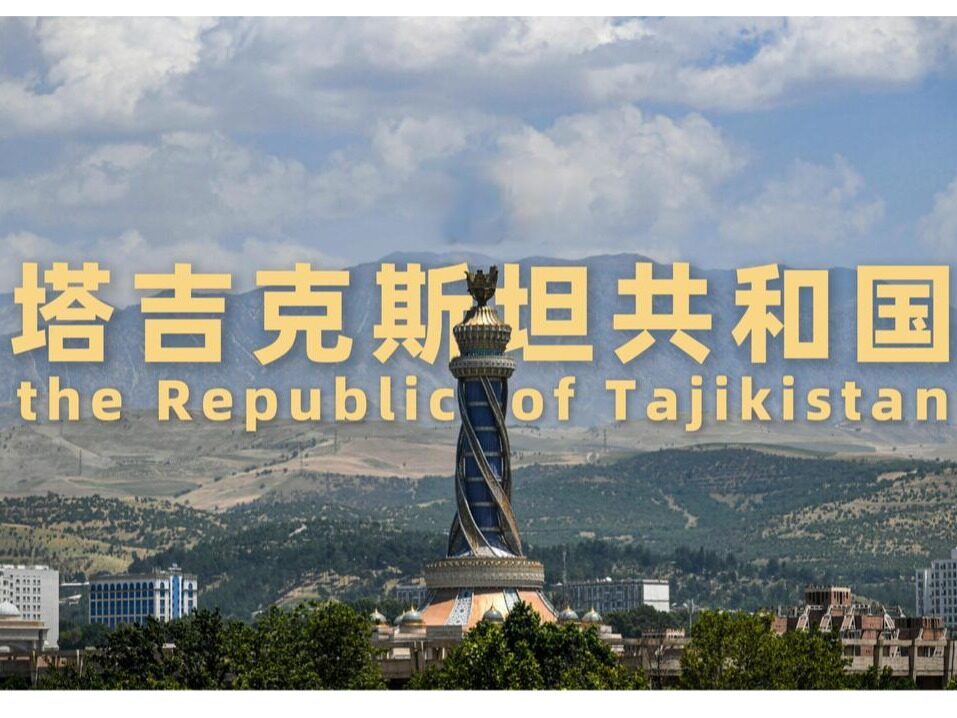

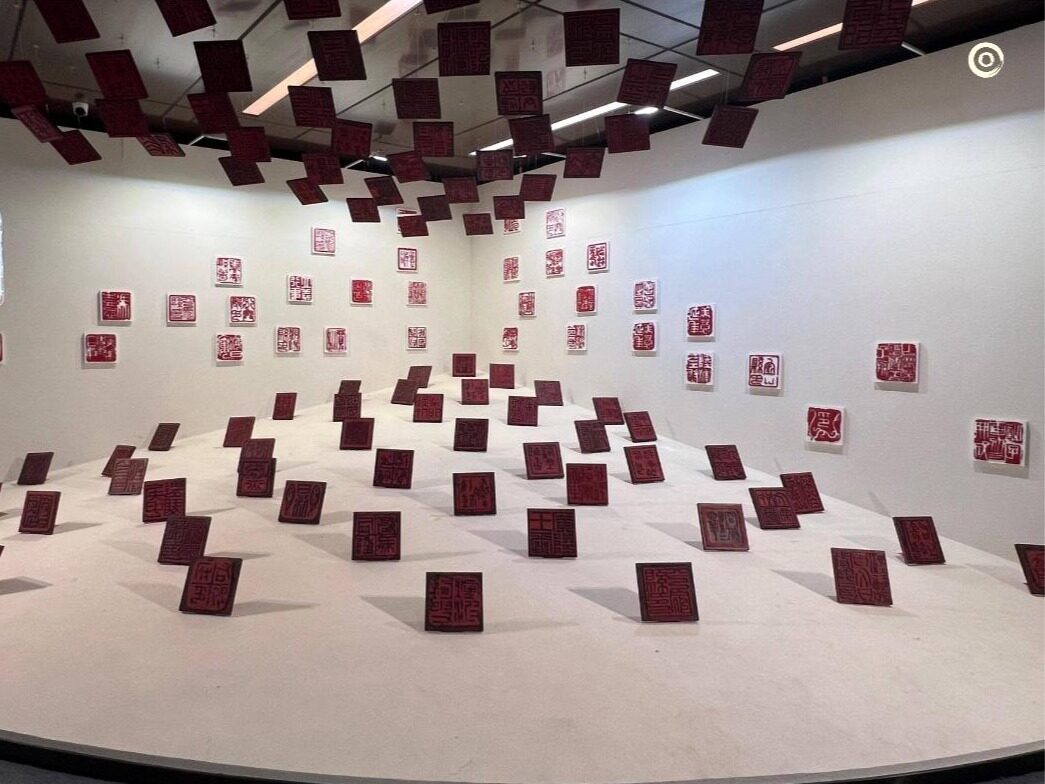
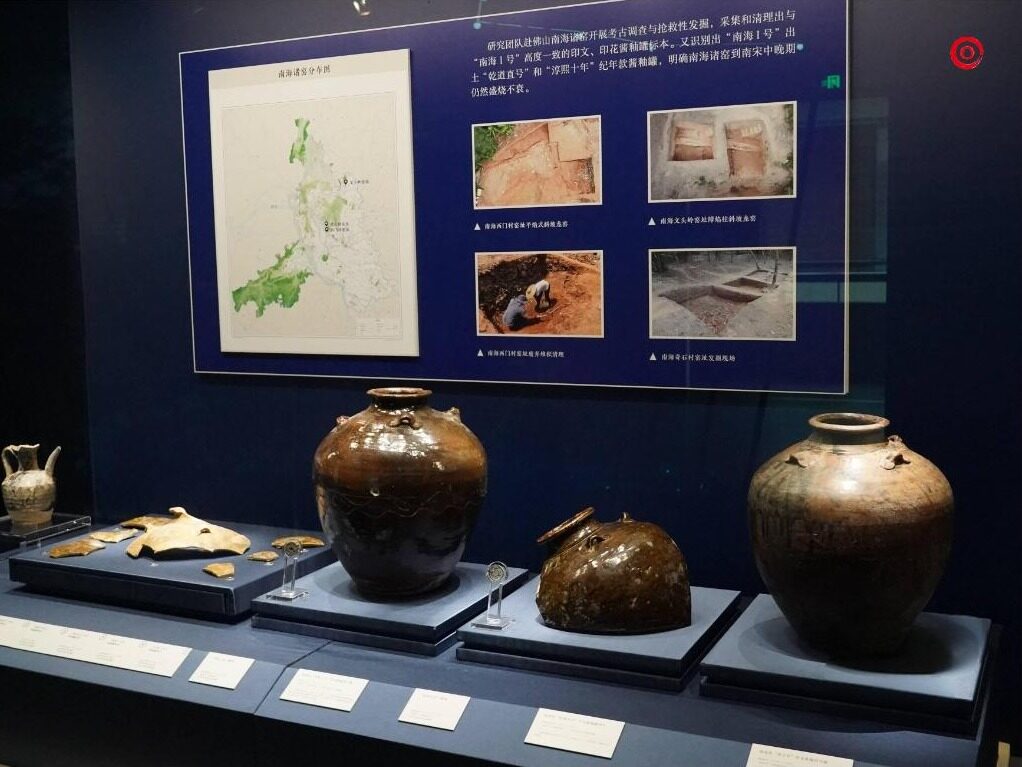
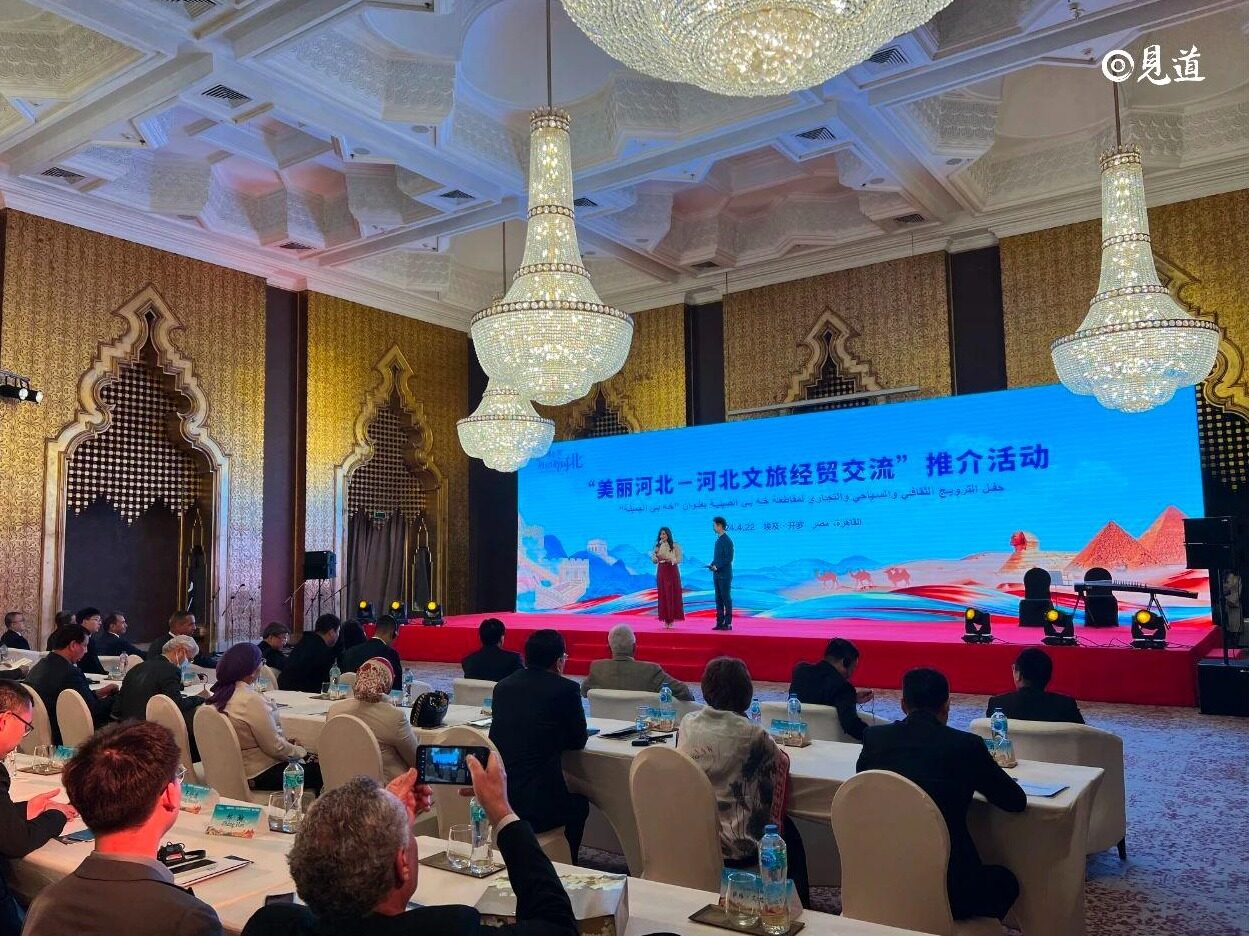
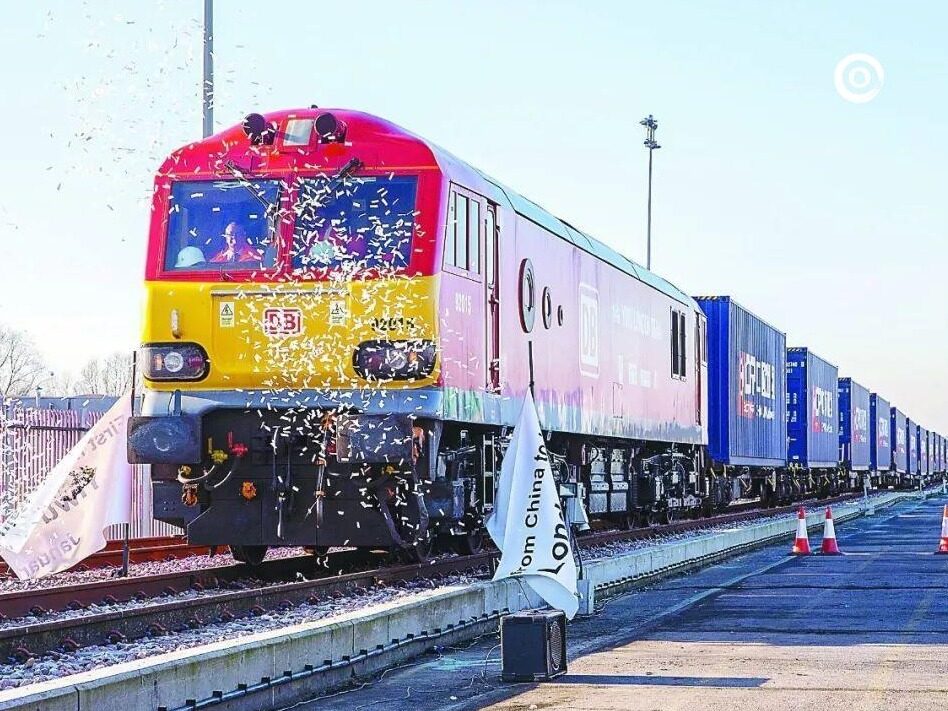






Write something~